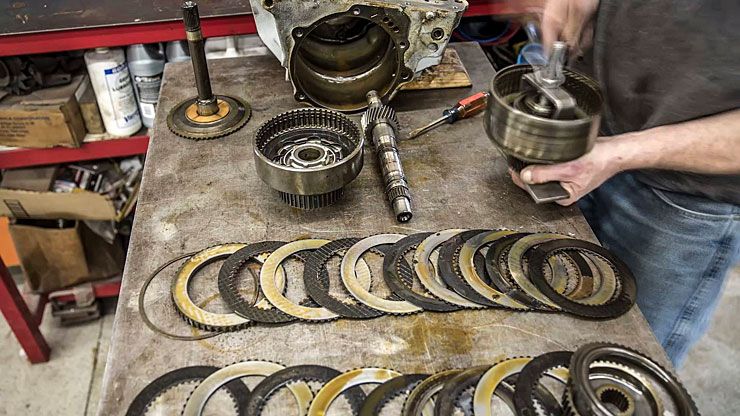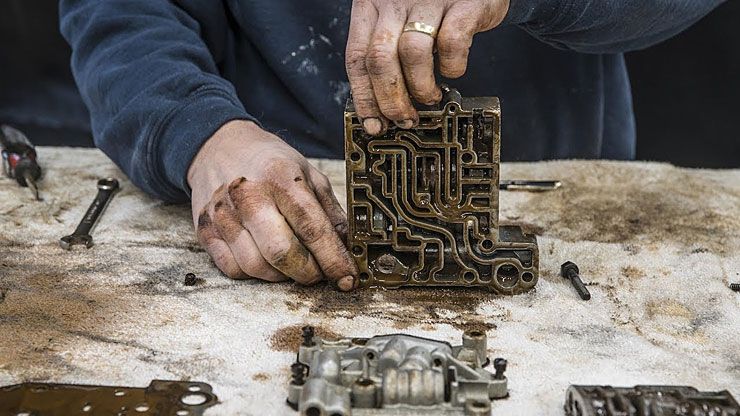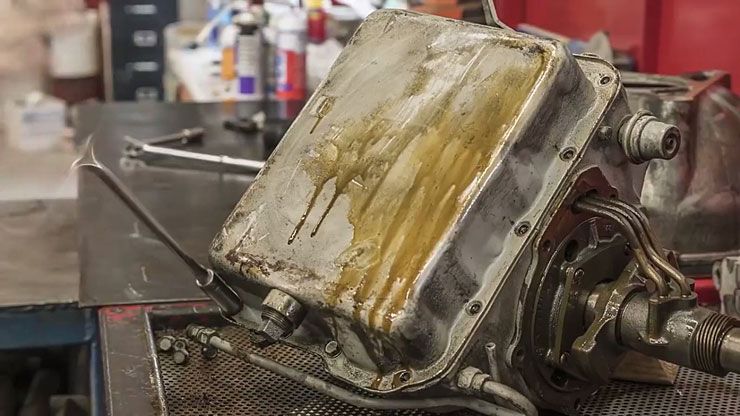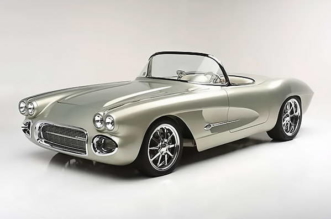Hagerty has wowed us recently with a series of awesome timelapse engine rebuilds. We already introduced their time lapse video where they rebuild V8 Chrysler Hemi Firepower engine.
Recently, they pulled and rebuilt the three-speed Ford Cruise-O-Matic automatic transmission from a 1962 Ford Thunderbird. Also called Ford-O-Matic or Merc-O-Matic, Ford developed this bulletproof transmission in 1952 and was eventually phased out by the wildly popular C4 transmission.
–
Holy hell, this things are complicated. This is why automatic transmission service costs a fortune. They are so intricate and complex and have hundreds of parts, requiring a good chunk of time from a skilled mechanic. Props to the people with the skill and expertise to work on them!
There are a lot of pieces that are small and look the same and there are many sections where tolerances are very low with very little room for error. Even how hard you tighten the bolts can be a factor, where things have to be torqued to a specific tightness. Props to the people with the skill and expertise to work on them!“Slow it down,” you said. “What’s going on?”
Opening an automatic transmission for some people is like opening Pandora’s Box. Basically, automatic transmissions look frightening if you’re unaccustomed to their workings so Hagerty took some time out with Davin, who undertook the rebuild, to explain the video.


























Facebook Comments